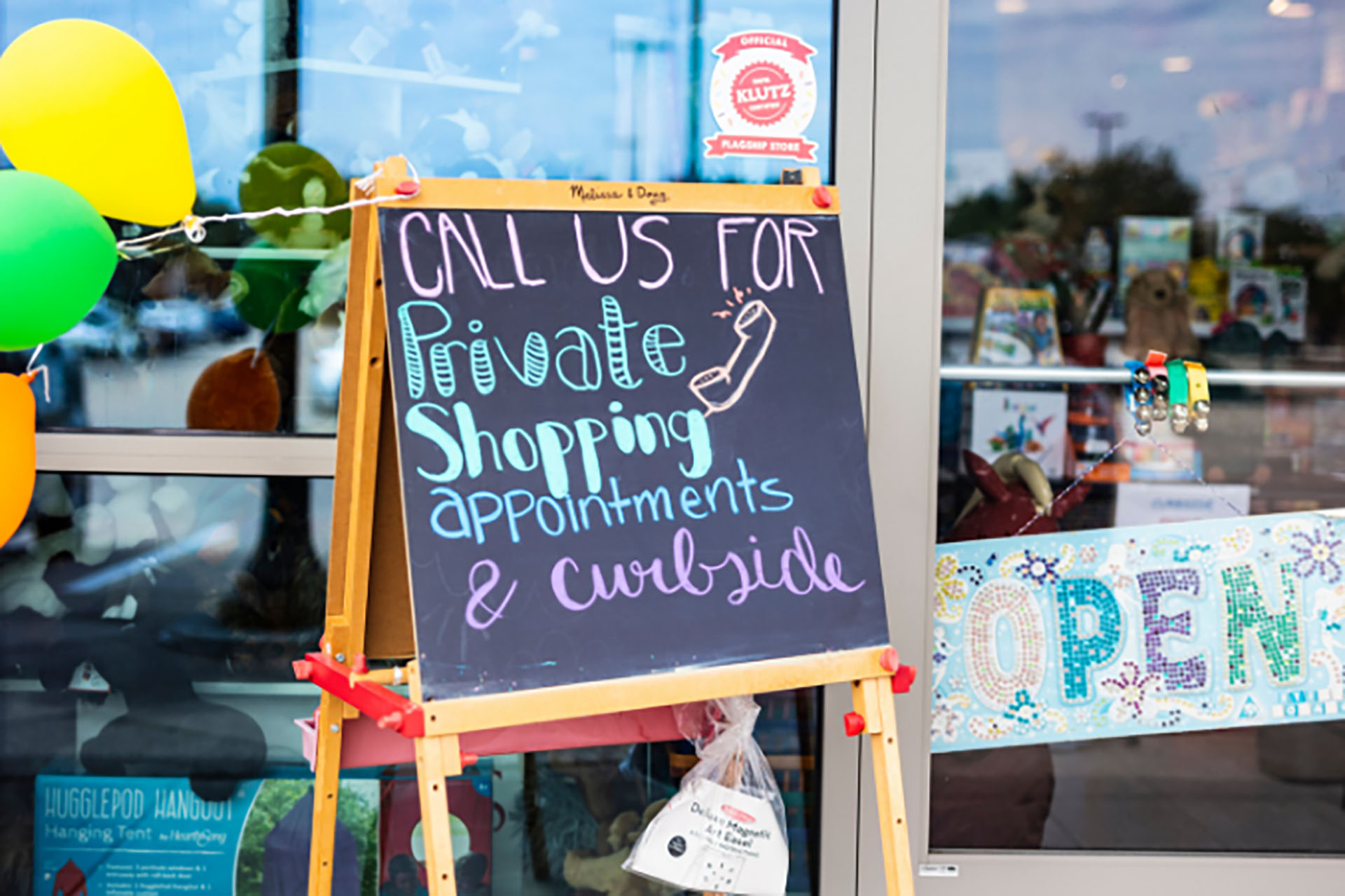What Will the Retail Footprint Look Like in 2021?

This article first appeared in D Magazine.
Much has been written about how commercial real estate will be impacted and transform in a post-COVID environment. Office users, the largest subsection of commercial real estate, can argue that their space needs will decrease as more people work from home. However, the counterargument is the need for office space will remain relatively constant as employees returning to the office will require more square footage per person to accommodate social distancing measures.
Industrial users clearly have enjoyed a dramatic increase in demand primarily due to e-commerce and online shopping and the need for additional distribution and fulfillment centers. Will this demand continue to increase once a vaccine is widely available, and the world normalizes?
Multifamily developers are also trying to understand how to design their buildings to accommodate the increased work-from-home movement. Every sector has questions and related challenges, but retail—particularly bricks and mortar—may be the most difficult to answer. To address that question, it is important to look at the advantages of shopping in stores versus online. Here are three things to consider:
Accessibility and convenience. Typically, this requires a retailer to secure locations at high traffic intersections and/or multiple locations, i.e., 7-Eleven, CVS, and McDonald’s, and larger format stores such as Ross, Target, and most grocers. Obviously, expensive real estate and store duplicity add costs, especially for larger stores. Therefore, many retailers, including Walmart and Kroger, are experimenting with a hub-and-spoke strategy. This is intended to give customers multiple locations to shop with a few centrally located full-line stores (the hub) combined with multiple smaller spoke stores. The goal is to reduce the retailer’s overall footprint while maintaining convenience and accessibility for consumers.
Customer service. Retailers with a physical presence are in the best position to enhance their customer service advantage over online shopping, especially for items such as boutique apparel, specialized electronics (such as high-end cameras and audio/visual equipment), or personal items (like jewelry and perfume). For these items, consumers seek advice, or they want to touch, feel, and smell the items before purchasing. Additionally, it is far easier to deal with a human when returning items than trying to get a response from an automated email or phone system.
Product availability. Delivery for online shopping has clearly improved, but it will never match the instant gratification of walking into a store and leaving 10 minutes later purchase in hand. Retailers that embrace omnichannel shopping by combining the online experience with in-store pick-ups, such as Bed Bath and Beyond, Best Buy, Macy’s, and Nordstrom, have made physical changes to their stores to accommodate social distancing protocols and, in many cases, contactless-curbside pickup. The key for any retailer is to ensure that customers feel safe and that all social distancing and mask requirements are followed inside the store.
The bottom line is that many questions remain for all sectors of commercial real estate. However, what remains clear, especially for bricks and mortar retail, is those that continue to innovate and evolve to enhance their relative advantage of convenience, service, and product availability will survive. And those that don’t won’t.

